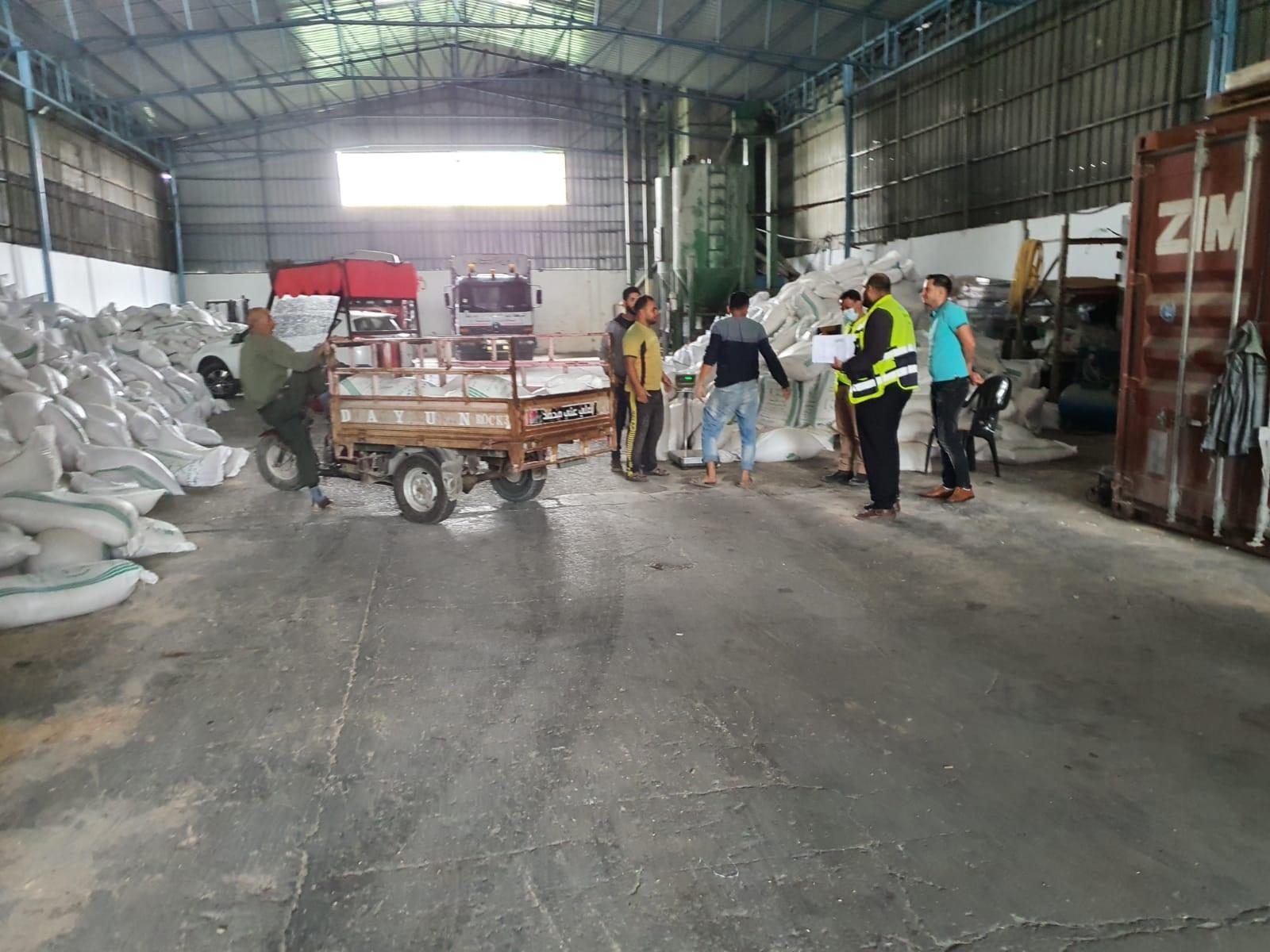FAO kicks off emergency fodder distribution to restore livelihoods of vulnerable livestock farmers in the Gaza Strip

Fodder distribution will have a quick impact on about 5 000 vulnerable livestock farming families located across the Strip’s five governorates affected by the May conflict. ©FAO/Nader Abu Saada
28 October 2021 – The Food and Agriculture Organization of the United Nations’ Coordination Office for the West Bank and Gaza Strip (FAO WBGS), with support from the Government of Belgium and the oPt Humanitarian Fund (oPt HF), and in collaboration with the Ministry of Agriculture (MoA) and the United Nations Office for Project Services (UNOPS), has kicked off emergency fodder distribution to vulnerable Palestinian herders affected by the grave escalation in hostilities in the Gaza Strip between 10 and 21 May 2021.
The intervention seeks to make a quick impact on about 5 000 vulnerable livestock farming families located across the Strip’s five governorates affected by the May conflict and threatened by the impending winter season by distributing animal fodder, including barley, wheat bran and concentrate, to help protect their animals and restore their livelihoods.
“As the current situation of the livestock sector threatens the livelihoods of more than 27 000 individuals in the Gaza Strip, our priority is to reactivate the sector and make it more resilient to the stress related to the impending winter season by ensuring availability of fodder for ruminant and chicken farms,” said Dr. Ciro Fiorillo, head of FAO WBGS.
The hostilities witnessed this May, the most severe recorded since 2014, brought about destruction and damage of homes, infrastructure, farms and livelihoods; a severe disruption in the supply of essential services; and the internal displacement of people, worsening the already dire humanitarian situation in the Gaza Strip. In addition to farmers being unable to reach their land for 12 days, fodder stocks were depleted and are now gradually being reconstituted. This shortage has damaged livestock farming in the Strip, which requires approximately 600 tons of fodder per day.
Throughout the next four weeks, FAO will continue fodder distribution activities until support is delivered to all targeted beneficiaries, ultimately contributing to restoring fodder stocks and the normal functioning of the fodder market and ultimately to ensure effective functioning of the sector and restore the hope of vulnerable livestock farmers.
